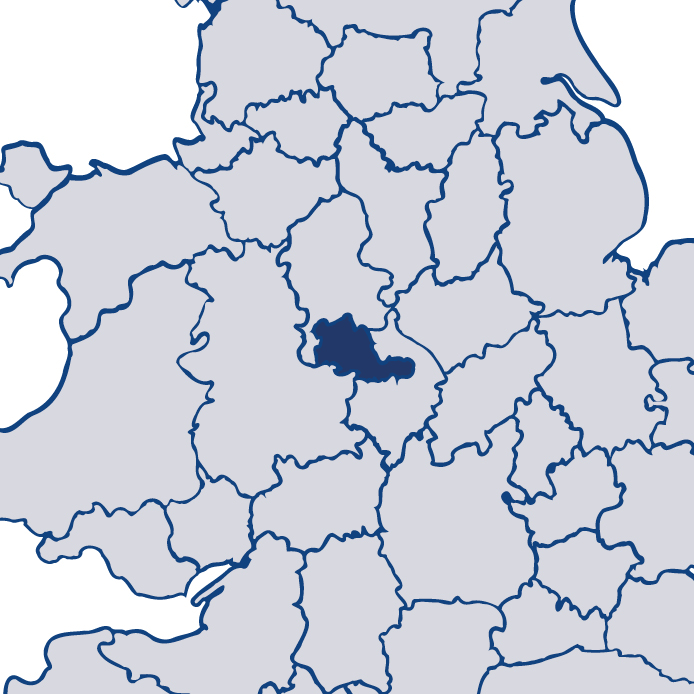West Midlands 2017
Read more about West MidlandsThis is HMICFRS’ fourth PEEL (police effectiveness, efficiency and legitimacy) assessment of West Midlands Police. PEEL is designed to give the public information about how their local police force is performing in several important areas, in a way that is comparable both across England and Wales, and year on year. The assessment is updated throughout the year with our inspection findings and reports.
The extent to which the force is effective at keeping people safe and reducing crime requires improvement.
The extent to which the force is efficient at keeping people safe and reducing crime is good.
The extent to which the force is legitimate at keeping people safe and reducing crime requires improvement.
HMI's observations
Read my assessment of West Midlands Police below.
I am satisfied with many aspects of the performance of West Midlands Police in keeping people safe and reducing crime, but the force needs to address my particular serious concerns about its effectiveness in protecting vulnerable people. In view of these findings, I have been in regular contact with the chief constable, as I do not underestimate the scale of the challenge. The force performs well in some areas of vulnerability, for example the way it deals with those in mental health crisis, but there is the need for greater consistency in its service provision.
The force has taken action to improve the accuracy of its crime recording, but I have serious concerns that it is still failing to record a significant number of reported crimes.
I am reassured to see that since our inspection in 2016 the force has developed a much better understanding of the threats from organised crime, and it is now good at tackling serious and organised crime.
This year we found the force to be good in the efficiency with which it keeps people safe and reduces crime, but it has not maintained its outstanding performance from last year.
Last year the force was assessed as good. Despite notable progress in some areas, the force now needs to improve consistently, particularly in the way it protects vulnerable people from harm.
Effectiveness
How effective is the force at keeping people safe and reducing crime?
Efficiency
How efficient is the force at keeping people safe and reducing crime?
Legitimacy
How legitimate is the force at keeping people safe and reducing crime?
Other inspections
How well has the force performed in our other inspections?
In addition to the three core PEEL pillars, HMICFRS carries out inspections of a wide range of policing activity throughout the year. Some of these are conducted alongside the PEEL inspections; others are joint inspections.
Findings from these inspections are published separately to the main PEEL reports, but are taken into account when producing the rounded assessment of each force's performance.






